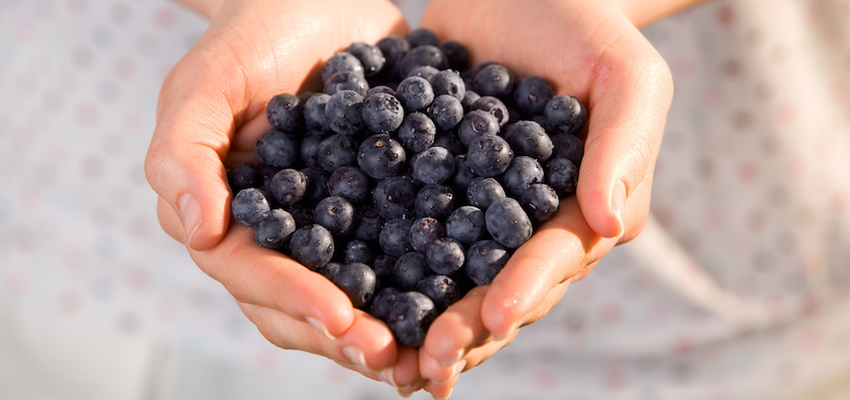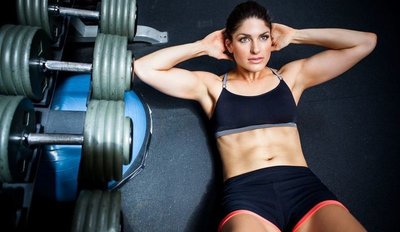Prevention Magazine has an awesome article to read. Great advice. ENJOY !! :)
10 Walking Mistakes You're Making

Photo by David Epperson/Getty Images
You've been walking nearly your entire life, so surely you know a thing or two about putting one foot in front of the other, right? Not so much. "Walking for fitness isn't the same as taking a walk in the park," says Katherine Dreyer, co-author of ChiWalking: The Five Mindful Steps for Lifelong Health and Energy. In order to stay injury-free while reaping all of the disease-fighting, fat-blasting, and mood-boosting benefits of walking, it's important to pay attention to what your body is doing from head to (big) toe. To make sure you're striding right, beware of these 10 common pitfalls:Mistake: Thinking it's all about your lower body
Your feet, ankles, and legs are propelling you forward, but the rest of your body—especially your core—shouldn't just be along for the ride. "When your core muscles are strong and activated while walking, they take some of the pressure off your feet and toes, which reduces your risk of overuse injuries," Dreyer says. While walking, draw your belly button toward your spine, being careful not to grip the muscles ("It should feel like you're doing a small crunch," says Dreyer). Lean your torso slightly forward to keep your core muscles engaged—leaning back releases them.
Mistake: Skipping intervals
They're not just for runners and cyclists: Research shows that intervals can help you burn more fat and increase your fitness level. A recent study published in the journal Diabetologia found that interval training while walking—specifically, walking 3 minutes briskly followed by 3 minutes at an easier pace, repeated for an hour—can also help you better control your blood sugar. Researchers suspect that during high-intensity bursts, your muscles gobble more glucose for fuel. If you're walking 4 to 5 days per week, incorporate intervals into at least 2 of those walks, Dreyer says.
MORE: 3 Treadmill Workouts That Beat Boredom And Blast Calories
Mistake: Walking with flimsy arms
Allowing your arms to just hang there creates more work for your body and slows your pace, Dreyer says. Instead, bend your elbows to 90° and relax your shoulders. As you walk, move your arms naturally in opposition with your feet so that when your left foot is forward, your right arm is forward and vice versa. In addition to making you more efficient, bending your arms increases calorie burn and toning compared to letting them go limp, Dreyer adds.
Mistake: Allowing your dog to walk too far ahead of you

Photo by Jordan Siemens/Getty Images
Letting your dog take the lead can affect your alignment, slow you down, and result in injury, Dreyer says, because you may have to lean back to pull on the leash or stop completely to get control of your pup. Instead, walk with your dog by your left side, holding the leash with both hands—place the end of the leash in your right hand and hold about 30 to 50% of the way down with your left hand. This gives you control over the leash (and your dog) while keeping your elbows in a relaxed, neutral, and bent position. "If your core is activated and you feel strong and solid, your dog will sense this and be less likely to pull, too," Dreyer adds.Mistake: Focusing on what you wear to work out, but not on what you wear to work
"Ballet flats seem like a better choice than heels, but if you have flat arches they don't provide enough support and if you have high arches they allow your arch to collapse every time you take a step," says Megan Leahy, a podiatrist at the Illinois Bone & Joint Institute in Chicago. Over time, these issues can cause plantar fasciitis, a common and painful condition in which the band of tissue that runs across the bottom of your foot becomes inflamed. "An injury like that can derail your walking program no matter how great your walking shoes may be," Leahy adds. Opt for a wedge or low heel, which provide more support than completely flat kicks.
Mistake: Letting your mind wander the entire time
If you always let your mind go free on your walks, you're missing an opportunity to strengthen your mind-body connection. Instead, periodically check in with what the different parts of your body are doing: Are your shoulders relaxed? Are your elbows bent? Is your core engaged? And so on. And, like yoga, pay attention to your breathing. "A very common mistake is that people don't breathe enough while walking," Dreyer adds. For every breath out, take about 3 to 4 steps, and for every breath in take about 2 steps. Not only will you keep your mind focused and calm, but you'll send your breath deeper into your lungs and give yourself more energy.
Mistake: Sticking to the treadmill
For an even more zen-like experience (while torching calories and challenging your cardiovascular fitness), head for greener spaces. Several recent studies show that people who exercise outdoors experience less tension, depression, and fatigue than those who walk indoors.
MORE: Happiness Can't Be As Simple As A Walk In The Park...Can It?
Mistake: Avoiding hills

Photo by Jacom Stephens/Getty Images
Heading for the hills isn't always possible, but if you can find them, climb them. Huffing up an incline strengthens muscles that may otherwise get neglected when walking on flatter surfaces. A study in the journal Gait & Posture found that when walking at an incline, the activity in muscles such as your quadriceps, glutes, calf, knee, and ankle increase by up to 635% (which of course means more more toning power!). You can get the same benefits by increasing a treadmill's incline about 9 degrees or regularly adding stairs to your walking routine.Mistake: Going too easy on yourself
All walking is not created equal: Strolling is better than sitting, but to score walking's cardio, strength, and fat-burning effects you need to push yourself a little harder. "If you ask a runner what their one-mile pace is she'll probably know it, but many walkers don't," Dreyer says. But you should! When walking for fitness, Dreyer says you should aim for a 15-minute mile. Not there yet? No worries. Simply work toward that goal. Keep track of your pace with a free app, such as Strava or MapMyWalk, or a fitness-tracking device (here are some of our favorites), or simply use a stopwatch or pedometer.
Mistake: You overdress (especially in the cooler months)
As you walk, you build heat and sweat. If you overdress, you'll start to sweat sooner, and as the sweat evaporates, you'll get chilled and uncomfortable, which can affect how fast and how far you go. Of course, you can shed layers as you go, but anyone who's ever tried to tie a puffy coat around her waist knows it's a little clunky. So how should you dress? "You should feel slightly chilled when you first step outside," Leahy says. What's more, research from the National Institutes of Health shows that cooler temperatures may increase the activity of calorie-burning brown fat. Yet another reason to leave your parka at home.





